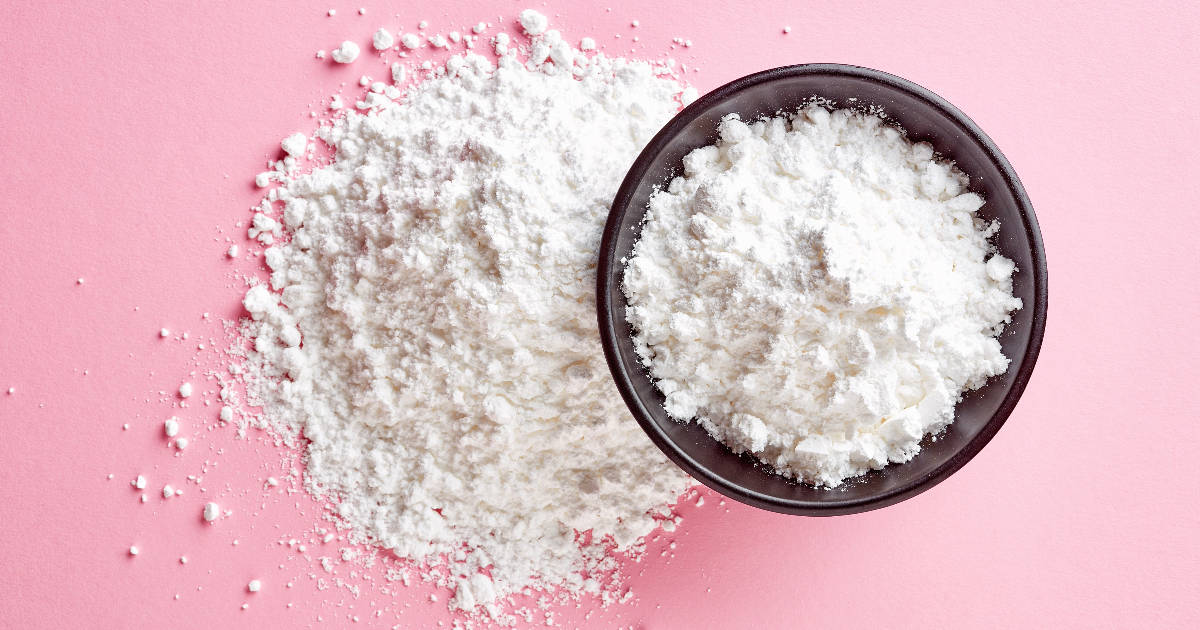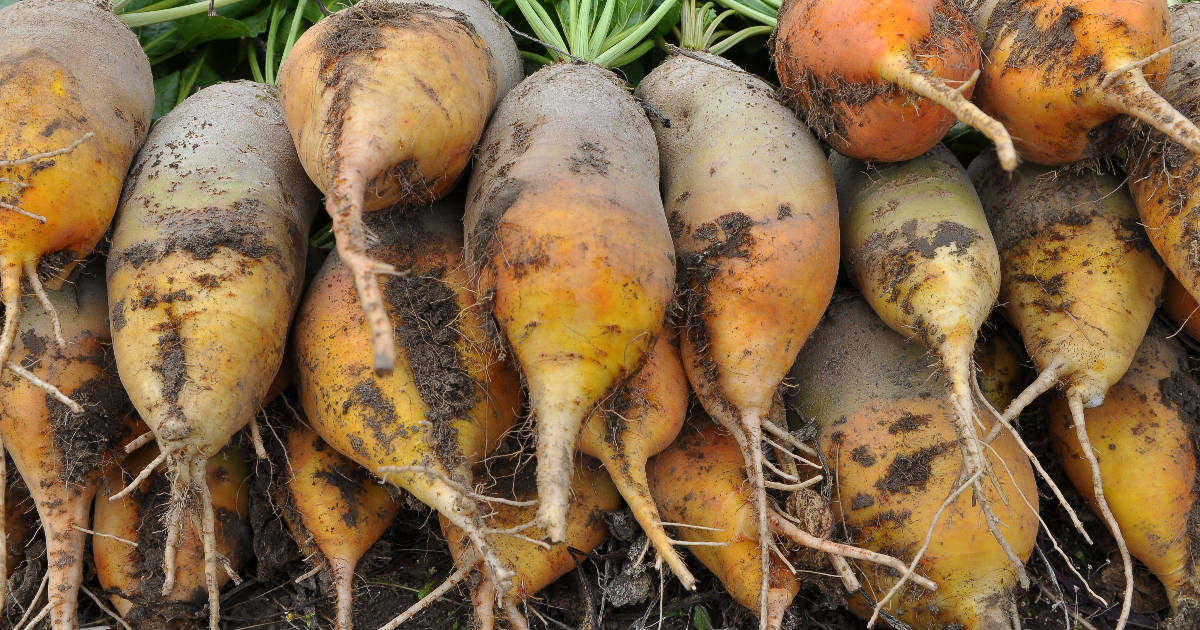Sugar powder refers to refined sugar that has been ground into a very fine powder. It is known by several common names including powdered sugar, confectioners' sugar, 10X sugar, and icing sugar. While often used interchangeably, there are some minor differences between the various types of sugar powder.

Powdered sugar is the most common type found in home kitchens and grocery stores. It consists of finely ground granulated sugar mixed with a small amount of cornstarch, usually 3-5%. The cornstarch is added as an anti-caking agent to prevent clumping. Powdered sugar is smooth, dry, and free-flowing.
Confectioners' sugar is another name for powdered sugar used in the United States. There is no difference between the two.
Icing sugar is the British and Canadian name for powdered sugar. Again, it is the same as powdered sugar.
10X sugar refers to how many times finer powdered sugar is compared to granulated sugar. So it is just another name derived from the fineness of the powdered sugar.
Manufacturing Process

Powdered sugar begins as granulated sugar which comes from either sugarcane or sugar beets. The sugar crystals go through a grinding process to be pulverized into a super fine powder. This is done by passing through a series of roller mills or grinding machines. The fineness of the final product depends on the number of grinding steps. More grinding results in finer particles.
After grinding, 3-5% cornstarch is mixed in to prevent clumping and caking. The powdered sugar is then packaged for consumer use. Home cooks can also make their own by grinding granulated sugar in a blender or food processor. However, without the added cornstarch it may tend to clump over time.
Grades and Particle Size
Powdered sugar is available in varying degrees of fineness. The particle size determines how smoothly it dissolves and how much thickening power it provides.
- 6X - Very coarse powder that still has a somewhat grainy texture
- 10X - Most common grade found in stores, fine and smooth texture
- 12X - Ultra fine powder with a silky texture
The more Xs, the finer the grind and the smaller the particle size. Higher grades above 10X are not usually necessary for home use. Commercial food manufacturers may use the ultra-fine 12X powder. Beyond particle size, all grades contain approximately 3-5% cornstarch as an anticaking agent.
Key Takeaway: Powdered sugar comes in grades from 6X to 12X, indicating how many times finer it is compared to granulated sugar. The more X's, the finer the texture.
Uses in Baking and Cooking
The ultra fine particles make powdered sugar useful for:
- Frostings and Icings - Dissolves easily at room temperature to create smooth, spreadable frostings without cooking. The small particle size creates a desirable sheen.
- Dusting - Can be sifted over finished desserts, cookies, and pastries for decoration. Provides delicate sweetness without disrupting texture.
- Candy Making - Provides smooth texture in fudge, mousse, and fondants. Cornstarch helps prevent graininess.
- Baked Goods - Used in some cookie, cake, and pie dough recipes when a tender, crumbly texture is desired rather than a crisp texture.
- Glazes - Mix with milk, lemon juice, or other liquids to quickly create pourable glazes.
- Whipped Cream - Dissolves easily when added to whipped cream to sweeten without granulated sugar grittiness.
- Drinks - Mixed into coffee drinks, hot chocolate, and milkshakes to sweeten and thicken.
Compared to granulated sugar, powdered sugar dissolves more readily at room temperature and lower moisture levels. This makes it ideal for icings, glazes, dusting, and candy making where no additional cooking or heating is required.
The small particle size also changes the texture of baked goods. Cookies and cakes made with powdered sugar will be more dense and tender compared to those made with granulated sugar. If a recipe specifies using powdered sugar, it is because the desired outcome relies on those texture changes.
Substituting for Granulated Sugar
In a pinch, it is possible to substitute powdered sugar for granulated sugar in some recipes. However, the texture and chemistry will change so results may not be as intended.
A general substitution ratio is:
- 1 cup powdered sugar = 1 cup granulated sugar
But for accuracy, it is best to substitute based on weight instead of volume:
- 1 cup (120g) granulated sugar = 1 cup (120g) powdered sugar
Be aware that cornstarch in powdered sugar may alter texture and absorb moisture differently compared to plain granulated sugar. For best results, use powdered sugar when specified in trusted recipes.
Making Your Own Powdered Sugar
It's easy to make DIY powdered sugar at home. Simply place normal granulated sugar in a high-speed blender or food processor. Process for several minutes until a fine powder forms. Be sure to stop and scrape down the sides as needed. The longer you blend, the finer the texture will become.
Homemade powdered sugar won't contain cornstarch so it may clump easier. For storage, keep it in an airtight container in a cool area. If planning to use it immediately, clumping shouldn't be an issue.
To add cornstarch, use 1 tablespoon per 1 cup of powdered sugar. This helps mimic the commercially produced anti-caking effect.
FAQ
Can I use granulated sugar instead of powdered sugar in frosting?
It's best to use powdered sugar when making frosting recipes, especially uncooked varieties like buttercream. Granulated sugar does not dissolve smoothly at room temperature. It will create a grainy texture and the frosting will not be as spreadable.
What can I use as a powdered sugar substitute if I don't have any?
You can grind regular granulated sugar into a fine powder as a substitute. The texture may not be as smooth but the sweetness level will be the same. Other options are honey, maple syrup, or agave nectar. These will add flavor nuances along with sweetness.
Is powdered sugar unhealthy?
Powdered sugar has the same nutritional value as granulated sugar. So it should be consumed in moderation as part of a balanced diet. The extremely fine texture allows it to be mixed smoothly into foods, so it may be easy to over-consume. Be mindful of portion sizes.
Why do recipes use powdered sugar instead of granulated sugar?
Powdered sugar is used when a very smooth, fine texture is desired without further cooking or heating. It dissolves instantly at room temperature. Recipes like frosting and glazes rely on this quality. Powdered sugar also contributes to a more tender, crumbly texture in baked goods rather than crisp.
Does powdered sugar go bad or expire?
Properly stored powdered sugar can last 2-4 years before quality degrades. Keep it in an airtight container in a cool, dry place. Humidity causes powdered sugar to clump and harden over time. Signs it has gone bad are severe clumping, hard texture, and loss of sweet flavor.
Conclusion
Powdered sugar is a versatile ingredient used in both cooking and baking. The extremely fine particles make it ideal for smooth frostings, glazes, and candy making. It can also be dusted over finished goods for decoration.
Recipes may specify powdered sugar instead of granulated sugar when a specific tender texture is required. Be aware that substituting one for the other can alter the chemistry and outcome.
Store powdered sugar properly to prolong freshness and use within recommended timelines for best quality.

